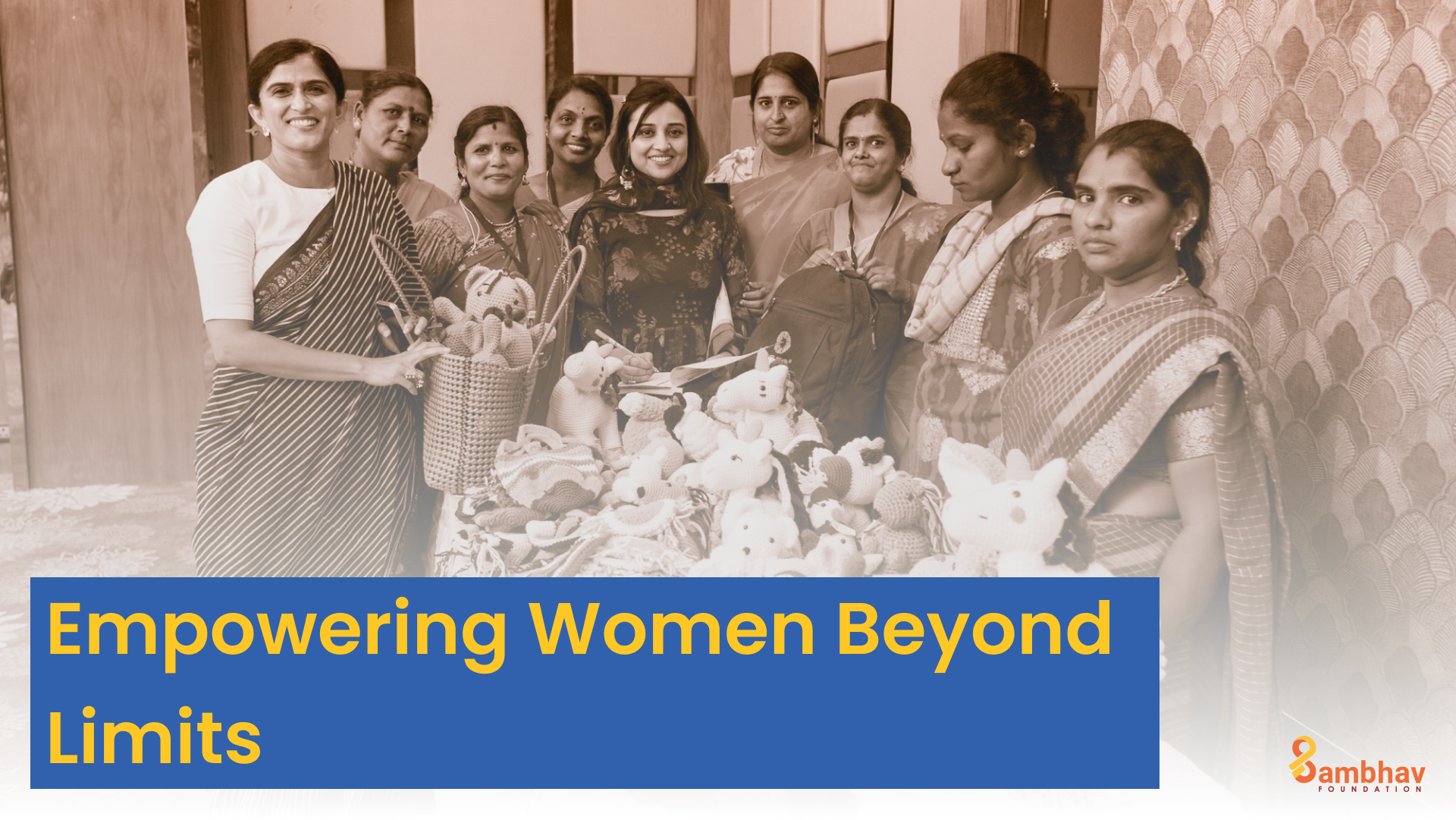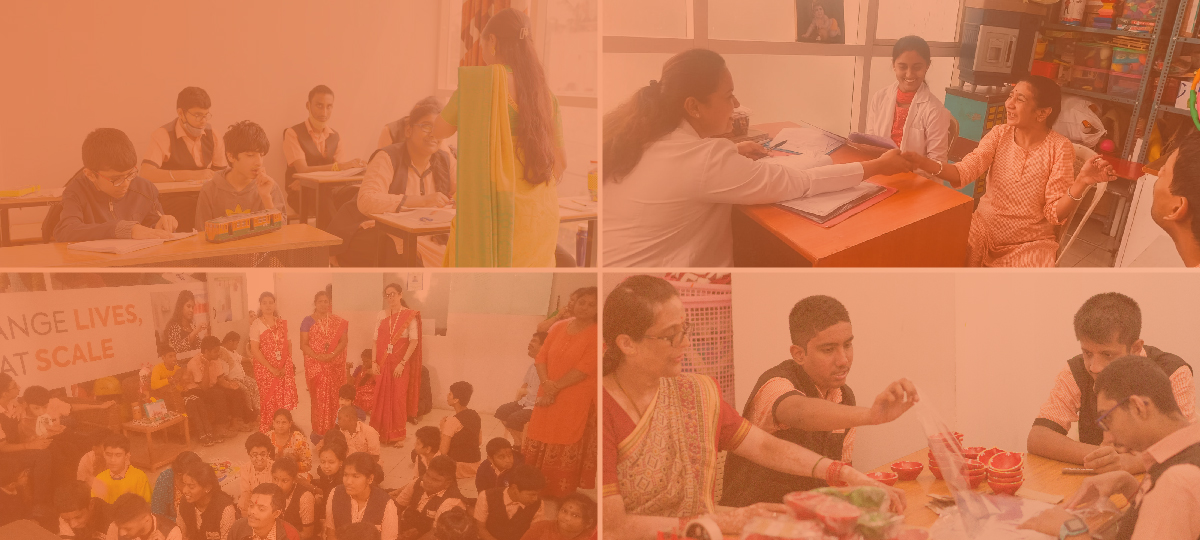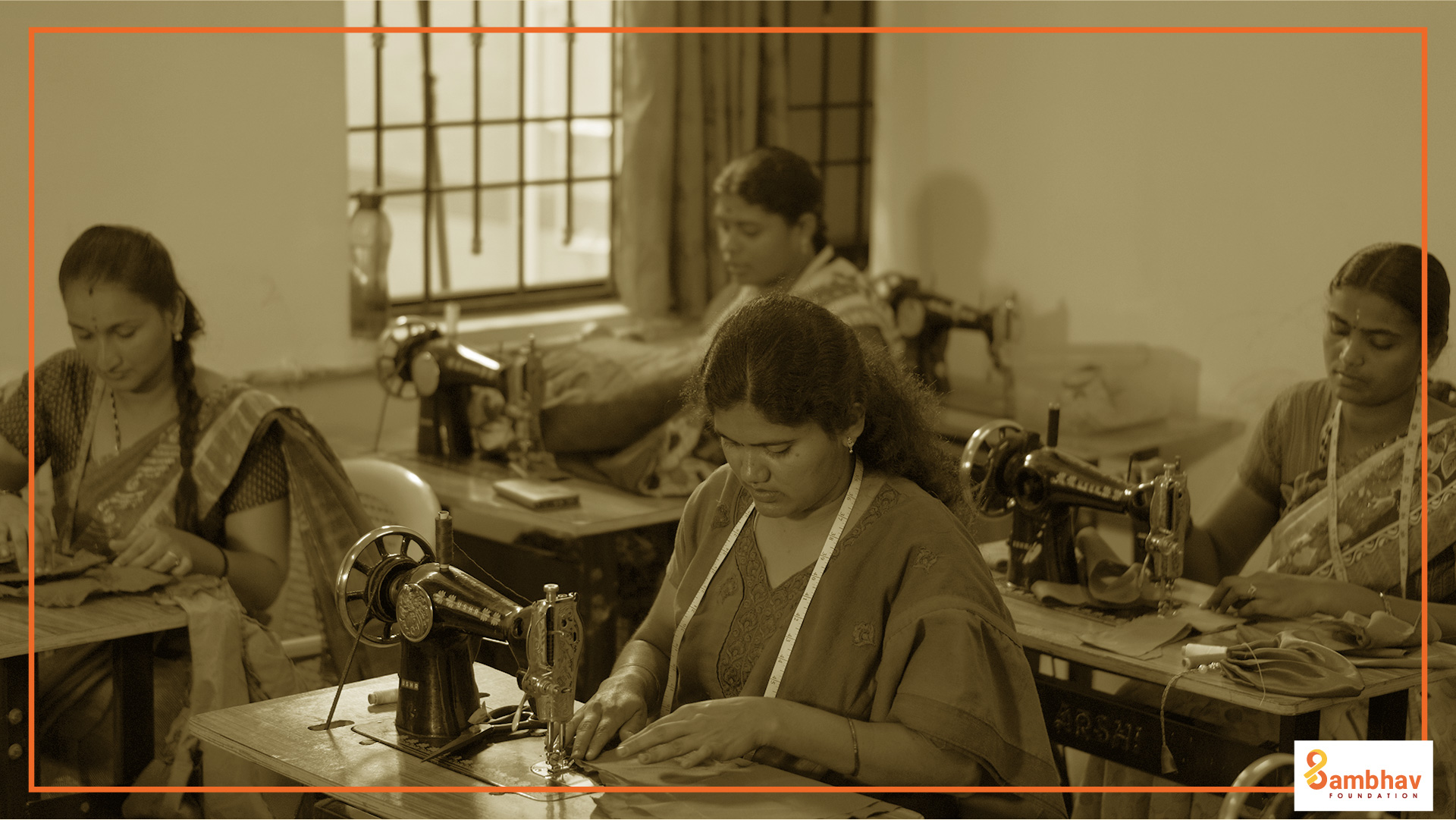One of the most enduring images of European women factory workers continues to be from the Second World War. ‘Rosie the riveter’ and ‘Ruby Loftus’ might have been a part of the Allies’ war effort, but they influenced generations of women.
In India, blue-collar work can be a great career option provided it is formalised. The manufacturing sector, particularly, provides stable work and is able to absorb a lot of the workforce.
When it comes to factories, the garment manufacturing industry almost exclusively employs women. But it continues to face the problems faced by most informal work — the lack of decent wages and working conditions.
So, where are India’s own Rosie and Ruby? As a whole, just 12% of India’s 27.3 million workforce consists of women. There are more women in India’s service sector and agriculture (though their work in the latter often goes unacknowledged).
The greater participation of women in manufacturing is not just important from the perspective of women empowerment. Interacting with industry leaders and floor managers all indicate a positive correlation between the presence of women and productivity, reduced grievances and a better workplace atmosphere.
1 Question:
- So, how do we scale the presence of women in India’s manufacturing sector?
2 Perspectives:
- Poorly designed process. The entire worker lifecycle in manufacturing is not designed for gender inclusivity. There is a bias right from recruitment, to the interview process, onboarding and training. For instance, women moving out of their homes for the first time might need ongoing financial support and counselling to ensure that they do not drop out of the job.
Take another example: Until last year, the Factories Act, 1948 barred the presence of women on the shop floor between 6 pm and 7 am, effectively barring them from the night shift.
The perception of manufacturing as a physically taxing and hazardous job also prevented women from taking up these roles. But of late, the move towards automating a lot of processes in heavy industry and increasing safety standards should make the job easier for women.
- Career growth. With the bias in recruiting, there’s also a ceiling that prevents career growth. Most women are brought in as workers on the shop-floor and end up staying there.
Shankar, Associate Director, Swasti — a global public health agency headquartered in Bangalore, India, leads a range of programs that takes health and wellbeing, life skills and leadership programmes for women garment workers in factories, describes how women workers
a) are unsure of having women managers and / or leaders
b) struggle with confidence around taking on supervisor roles because of the misplaced belief that being a supervisor means they are expected to be “aggressive” or take on “more work” beyond what their domestic responsibilities allow them to cope with.
3 Factors:
- Vocational education courses. We are seeing an increased interest among women who want to take up vocational education courses. That said, there is still a north-south divide when it comes to women at work.
In the North, women’s participation even in industries that require minimal education level is low. A lot of this has to do with a culture that restricts women’s participation in work, as well as other poor indicators like education, safety and increased instances of gender-based violence.
- Inclusion includes the small steps. At the assembly plant of an EV startup in Hosur, Tamil Nadu, there is a sustained push to hire women for the production assembly line. The women work in three shifts, including the night shift. The company provides them with food (breakfast, lunch and dinner) in the canteen, doorstep drop and pickup, and clean bathrooms.
Clean bathrooms might seem like a small amenity, but it makes such a huge difference for women who want to work in the factory.
- Better representation. Brands and the industry need to push for better representation of women in leadership roles. Take the example of the garment industry. In South India, 80% of women on the shop floor are women, but more than 95% supervisor and management positions are occupied by men.
There are no systemic processes for women to take up leadership roles.
And things don’t improve with technology: At a fully automated garment factory in Bangladesh, for instance, there were just three women supervisors out of 120.
Still, global brands coming forward and promoting career progression for women, wish to see women in supervisors roles , just like they do for various green initiatives, is a good start. In some garment factories in the South, with the encouragement of global brands, organisations like Swasti are working towards enhancing health and wellbeing including leadership skills among women to inspire them to take on supervisory and / or managerial roles.
So, what do you think can be done to increase participation of women in manufacturing? Are we headed in the right direction?
Do let me know in the comments!
P.S: I am also proud to introduce you to ‘Buniyaad – Foundations for a strong future’. This is a collection of our experiences and impact in the field over the years.
Do give it a read! Sign up here: https://sambhavfoundation.org/buniyaad-report-for-sambhav/
Until next time,
Dr. Gayathri Vasudevan




